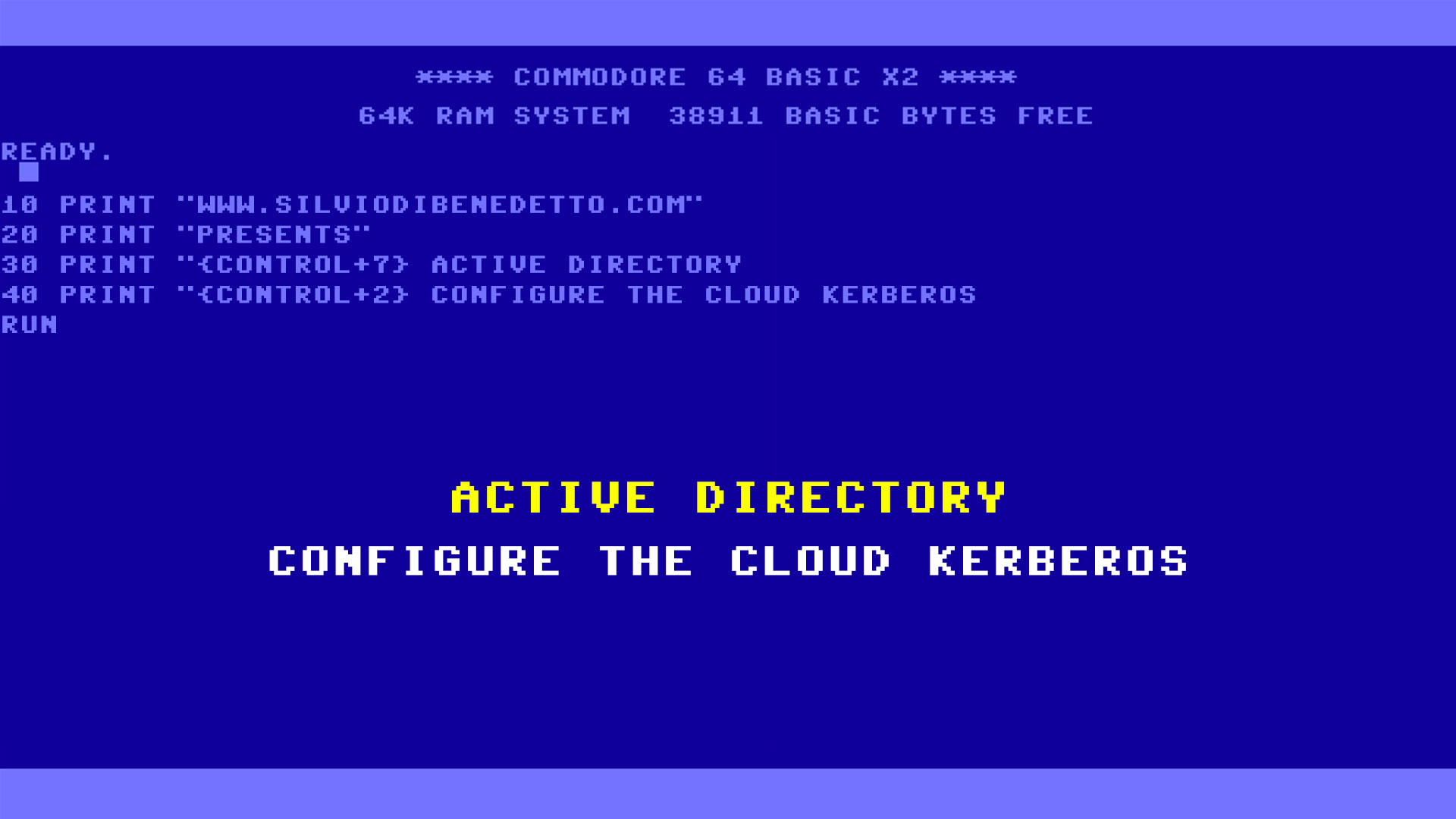One of the first goal for OMS Team is give to IT Admins the same experience of System Center Operations Manager also in Operations Management Suite, because it’s clear that the Cloud will be the future of monitoring (and not only). In this article we will see how to create a Performance View for a specific server to keep under control CPU, Ram and Disks.
First of all it’s necessary enable the Performance Counters from the Settings – Data, figure 1. By default these counters are not enabled because can generate many traffic and this means also more space on Azure Storage. You can also choose the frequency interval to have a detailed/generic status of each object. It’s also possible add new counters from textbox with the Intellisense so it’s not necessary know the full counter’s name, because OMS will help you.
Wait at least 2 hours to give to OMS the possibility to collect the values.
Open the Search view and type the query Type=Perf to see what happen; you should receive a big result as showed in figure 2.
Use the objects filter on the left side to select which computers you want include into the view (in my case only one) and click on Apply. Follow these steps (don’t forget to click on Apply everytime):
- ObjectName: LogicalDisk, Memory, Processor
- CounterName: Disk Reads/sec, Disk Writes/sec, % Processor Time, % Committed Bytes In Use
- CounterPath: Memory\% Committed Bytes In Use, Processor(_Total)\% Processor Time, LogicalDisk(C:)\Disk Writes/sec, LogicalDisk(C:)\Disk Reads/sec
The result of this query will be similar like figure 3, where you will see collection of counters with a Metrics of each value. It’s also possible expand the view with the [+] button, to see a detailed status, as showed in figure 4. Remember that you can personalize the queries from left panel or directly on query textbox (powered by Intellisense).
With the Save button (on bottom) it’s possible archive this query for future use, as showed in figure 5, or to insert the view into our Dashboard – figure 6.

Figure 6 – Add Query on MyDashboard
OMS is a great product and one of the most important focus area for Microsoft and this means that we will receive updates very frequently. It’s time to test OMS for free: https://www.microsoft.com/en-us/server-cloud/operations-management-suite/overview.aspx
S














Follow on Socials